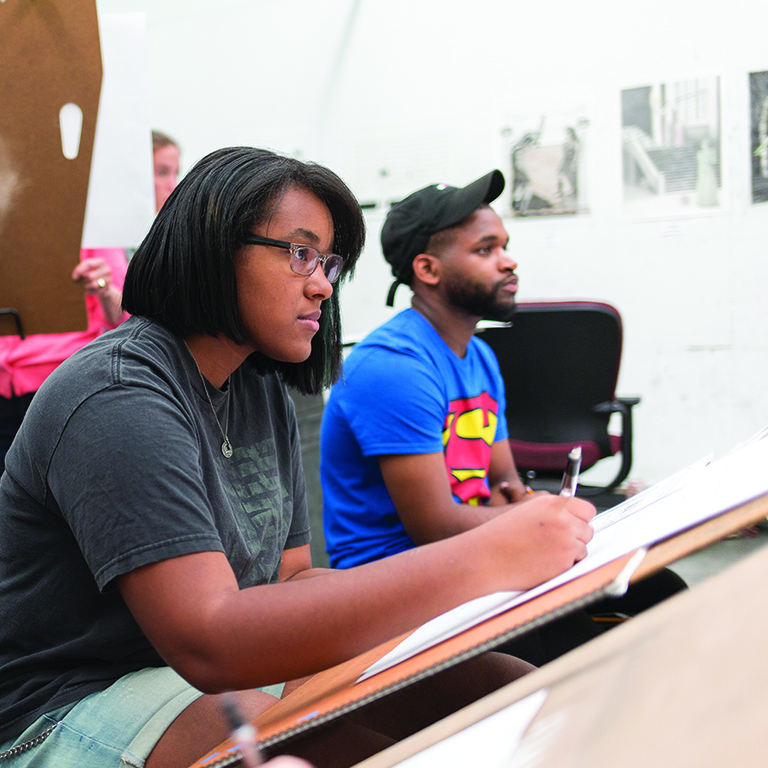Herron’s ceramics program will develop your understanding of ceramics both in the context of contemporary practices and historical tradition.
You will gain extensive studio experience working with clay, glaze formulation, and firing kilns while applying a range of techniques from other disciplines. Balancing hands-on investigation with materials and processes, you will also explore current art-making trends such as slip casting and 3-D printing.
Moreover, our ceramics program will position you to develop your own style and utilize clay as a conceptual artistic medium.


